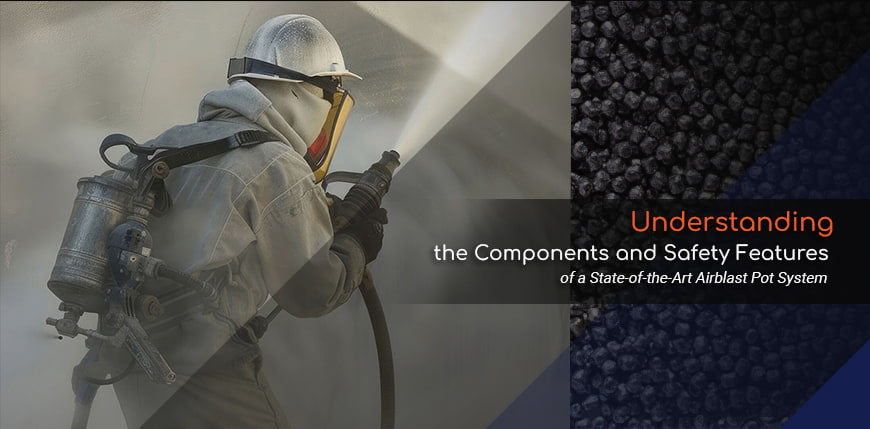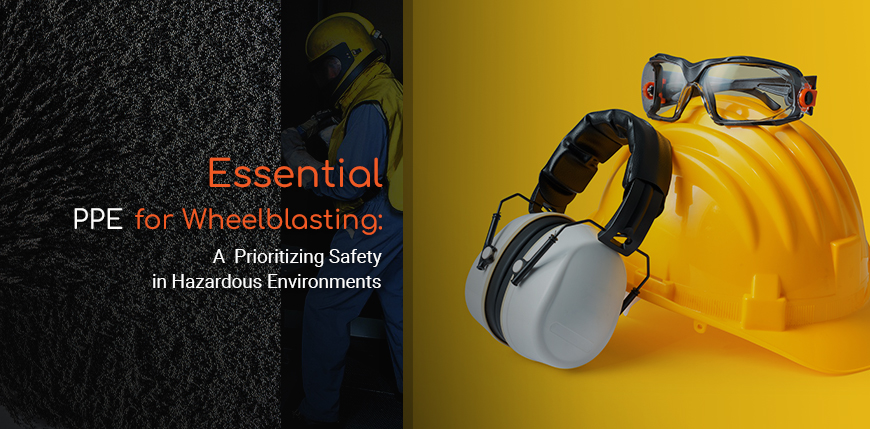Understanding Dust Collector Systems in Shot Blasting: Components and Functions
A dust collector system is integral to shot blasting operations, ensuring a clean and safe environment by effectively capturing and filtering dust and particulate matter. This article provides a detailed overview of the key components and functions of a dust collector system, drawing insights from a comprehensive 3D video representation. Understanding these components, from the abrasive trap to the exhaust fan, is essential for professionals looking to optimize their shot blasting processes.

















